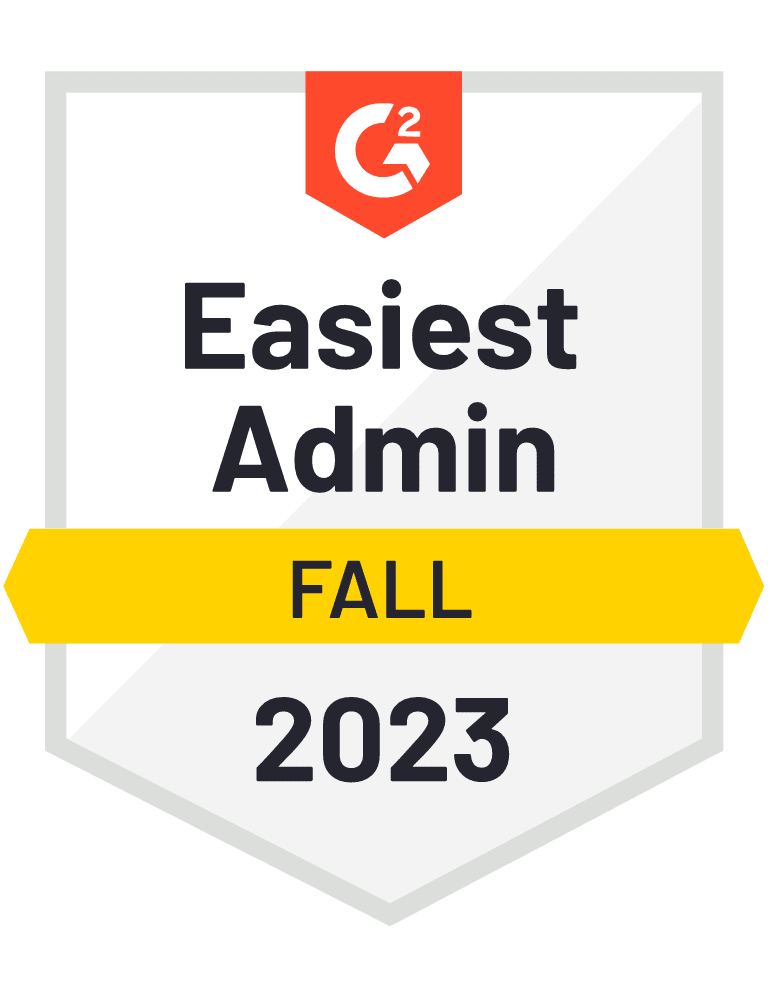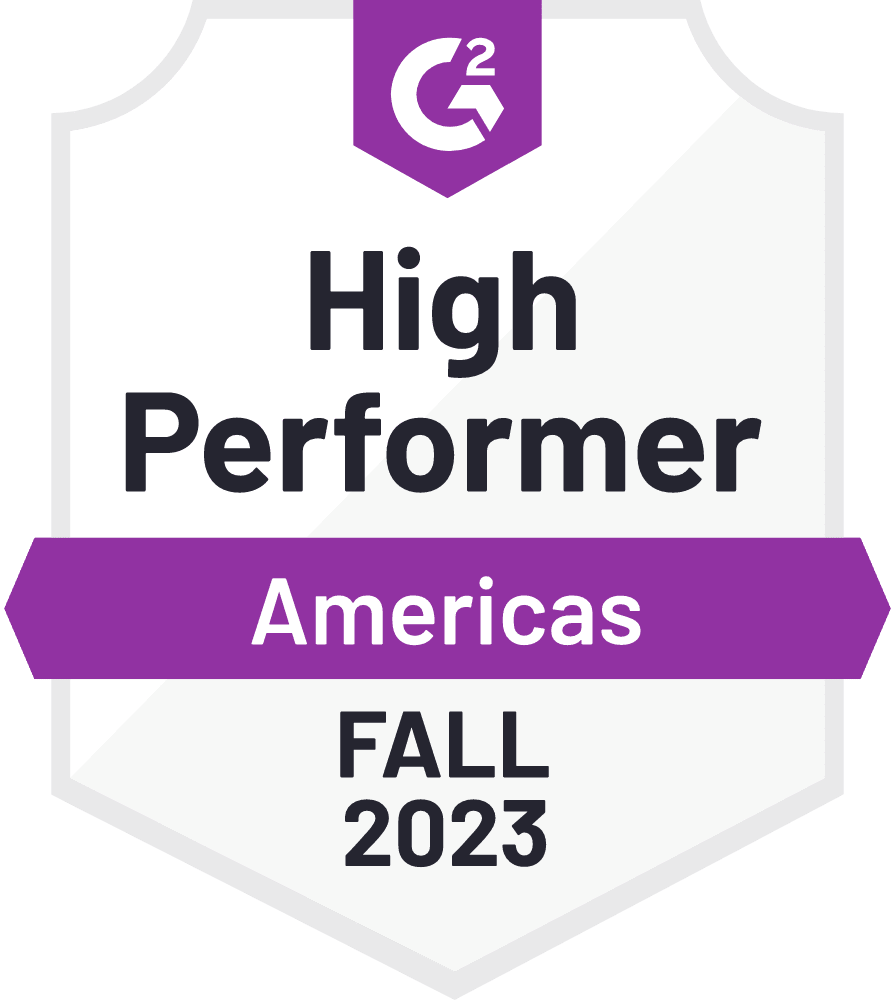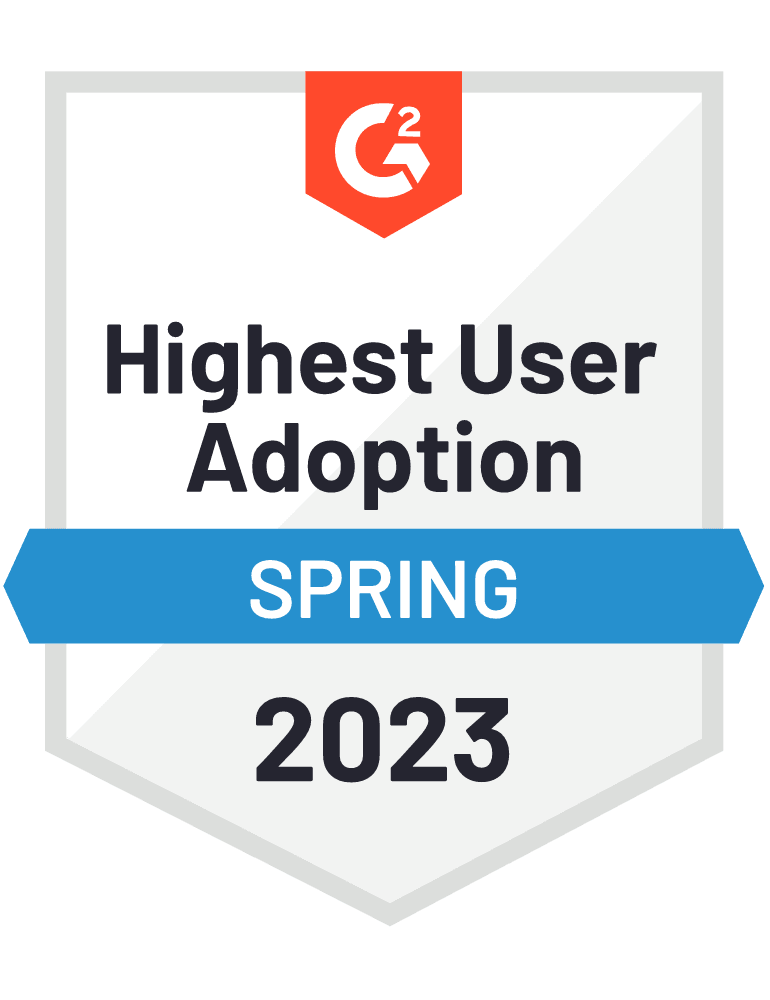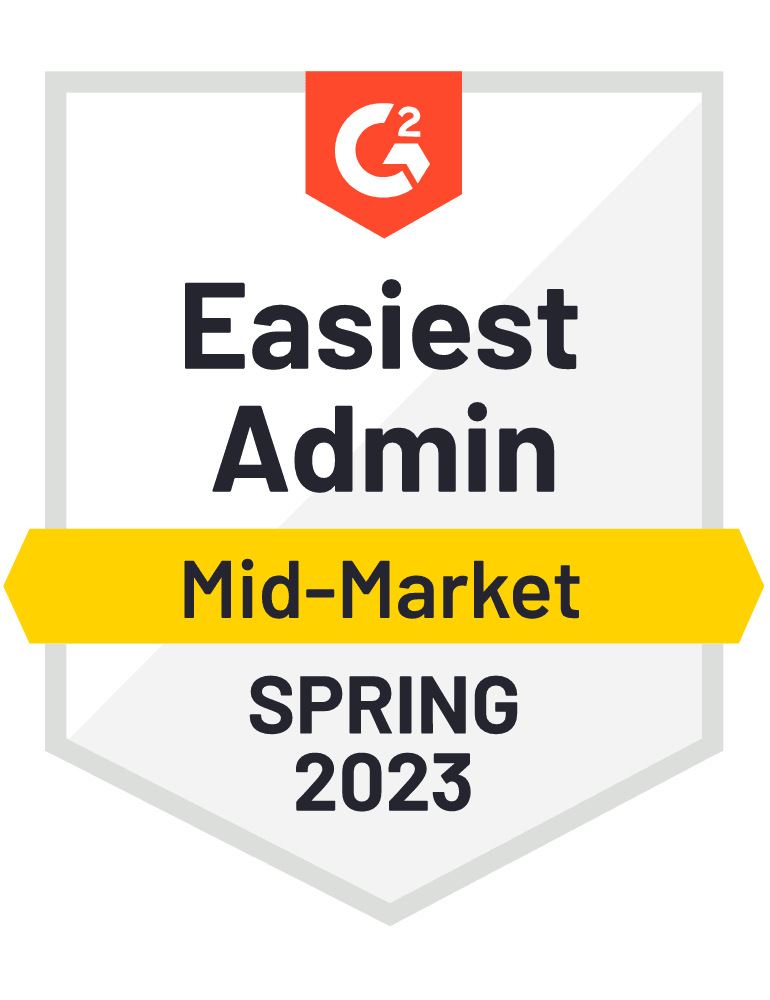It’s no secret that finding and retaining caregivers is the number one obstacle home care agencies face today. In 2020, that became – well – even more challenging! As COVID-19 sped up in April, the Home Care Association of America reported that 60% of home care organizations were experiencing staff call-offs and what was a highly competitive market quickly became one struggling to find talent. At a time when healthcare needed more employees than ever, home care experienced difficulties recruiting, hiring, and training aides that had never been encountered before.
Recruiting and Hiring the Right Caregivers for the Job
Your Careers Page
The first step when trying to attract new hires during this pandemic is to make the safety precautions the organization has taken clear. Potential candidates often browse a company’s website at some point, particularly their careers page; home care agencies should state not only what they’ve done to protect their caregivers but also how they are or plan to comply with local, state, and federal COVID-related regulations on this page and perhaps a basic “COVID-19 Updates” page as well. This is a simple yet effective way to show prospective applicants that they are applying at a company that stays up to date on current compliance laws, takes the advice of experts, and looks out for the safety and wellbeing of its people.
Identifying Quality Candidates
Although the need for more caregivers is at the forefront of home care providers’ agendas, the focus should remain on quality over quantity. Organizations are typically encouraged to post their open positions on multiple job boards – it’s a great start to get these roles seen by as many eyes as possible, but it’s necessary to then sift through a large number of applicants to identify those that are actually qualified. This isn’t too hard though – simple qualifying questions towards the beginning of the application process, including ones screening for applicable certifications and licensures, can help human resources and hiring managers to identify those who are the best fit.
A New Remote Interview Process
Among the largest changes seen since COVID-19 started is that things that were usually done in the office or in person are now mostly performed remotely. The typical employee complaint of “This meeting could have been an email.” isn’t just a wish now – it’s the reality in many companies. And working remotely doesn’t have to be limited to daily operations; it can be applied to talent acquisition and the hiring process as well. While this may seem difficult in home care, an industry requiring face-to-face interaction between providers and patients, agencies can still limit physical contact as much as possible. With large gatherings on hold indefinitely, virtual open houses are a great alternative to career fairs, giving prospective applicants the opportunity to speak with an caregiver of the agency and providing a clearer picture of the agency’s culture.
With technology, the transition to remote work and business is easier than ever. In-person interviews were among the first steps of hiring to largely be eliminated with the emergence of various video-conference platforms. Whichever video-conference platform your company chooses, it should be web and mobile-friendly and simple enough for first-time users.
Since video interviews have only recently become commonplace, clear expectations should be laid out for applicants and interviewers along with an interview guide, especially if interviewers are expected to make a hiring decision based on this interview. If an in-person interview must be conducted, every possible safety precaution should be taken, including the use of masks, hand sanitizer, a temperature check prior to entering, and social distancing. Interviews should be staggered if multiple applicants are scheduled for the same day to limit waiting and allow time for one applicant to leave before the next arrives. If these precautions are followed properly, the health and safety of any candidates and interviewers should be ensured.
Adjusting the Onboarding and Training Processes to Meet the Restrictions of COVID-19
Before Day 1
Onboarding for new hires can look extremely similar or different depending on the job or industry. Paperwork is luckily similar and very easy to adjust to meet COVID-19 restrictions. Instead of completing in the office, documents can be sent to any new hires to be filled out and returned, all via email, or there are plenty of online platforms and portals that can be used.
Day 1
Orientation and training remotely is where many companies may struggle. Although converting to remote orientations might not be too hard, training, especially in a field that requires very hands-on work like home care, can be a challenge. Many agencies have come to rely on virtual training software for their new hires, which is a great start, but how well will this transition into real-life home visits? One strategy that some have taken is to have trainees connect with veteran caregivers afterward, creating an open dialogue and giving seasoned aides a chance to assess and explain how what was learned applies in real scenarios. These new caregivers can also bond with their coworkers, helping them feel more a part of the organization while experiencing some of its culture.
Ongoing Training
An added benefit of virtual training is the ability to easily implement existing and developing guidance, particularly on COVID-19 and the spread of disease. Additionally, compliance with local, state, and federal regulations is crucial, and some of these mandate specific training protocols for health care workers; however, during the pandemic, some were waived. Specifically, the CARES Act waived the 14-day home health aide in-person supervisory requirement, but in home care, ongoing in-person training is still necessary – at least to some extent. In these cases, agencies should take precautions, like small group training in rooms large enough for social distancing, COVID-19 screenings before entry, and proper use of personal protective equipment.
With the Right Processes and Tools, You Got This!
While adjusting to COVID-19 can seem daunting and insurmountable at times, making the proper modifications and having clear expectations and guidelines is crucial to keeping everyone involved on the same page. Although the pandemic may have originally complicated hiring and onboarding, it might be changing the way home care goes about talent acquisition for good, and it’s all happening right before our eyes.
This information is for educational purposes only, and not to provide specific legal advice. This may not reflect the most recent developments in the law and may not be applicable to a particular situation or jurisdiction.










